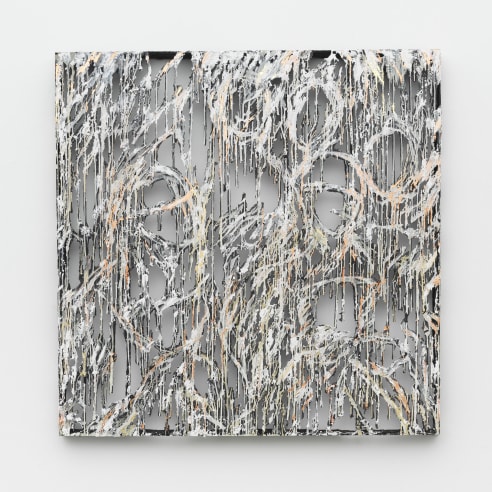
The Ernest G. Welch School of Art & Design at Georgia State University is pleased to present the exhibition Diana Al-Hadid: Nothing is Stable. Curated by Art History Associate Professor Dr. Susan Richmond and Ernest G. Welch School Gallery Director Cynthia Farnell, the show marks the first time Al-Hadid's work will be on public view in Atlanta. An ART PAPERS LIVE artist talk by Al-Hadid will occur in conjunction with the exhibition.
Diana Al-Hadid is a Syrian American artist based in New York. She has garnered international acclaim for her intricate sculptures and wall panels that combine traditional and contemporary materials and techniques. A 2020 recipient of awards from the American Academy of Arts and Letters and the Bronx Museum, she has participated in exhibitions globally, including recent biennales in Lahore, Pakistan, and Rabat, Morocco. Recent solo exhibitions include: NYUAD Art Gallery, Abu Dhabi (2016), Tulane University’s Newcomb Art Museum (2016), San Jose Museum of Art, CA (2017), Bronx Museum of Art (2018), Williams College, Williamstown, MA (2018), Mas. Sq. Art and Madison Square Park Conservancy, New York (2018) and the Frist Art Museum (2019).
Nothing is Stable will include nine works that demonstrate the formal and thematic range of the artist’s career. The main exhibition will take place in the Welch Galleries on GSU’s Atlanta campus, with a smaller installation in the library gallery at GSU’s Clarkston campus.
Visually and thematically, Al-Hadid draws on Middle Eastern and Western cultures and iconographies, often combining and re-contextualizing wide-ranging historical sources. She has found inspiration in ancient maps, miniature painting, architectural designs and illuminated manuscripts. Her artworks are spatially complex with richly varied surfaces and hauntingly mutable forms. Despite their structural integrity and skilled fabrication, a sense of ruination pervades them.
Nothing is Stable derives its title from Al-Hadid’s description of the improvisational and unpredictable nature of her artistic processes. The phrase equally accommodates the artwork’s impression of fragility and ruination, its material and perceptual contradictions and its construal of history as a living and ever-changing process.
Photo credits belong to Travis Dodd.